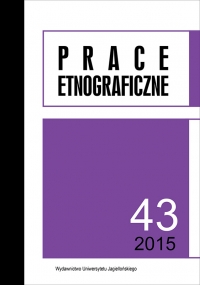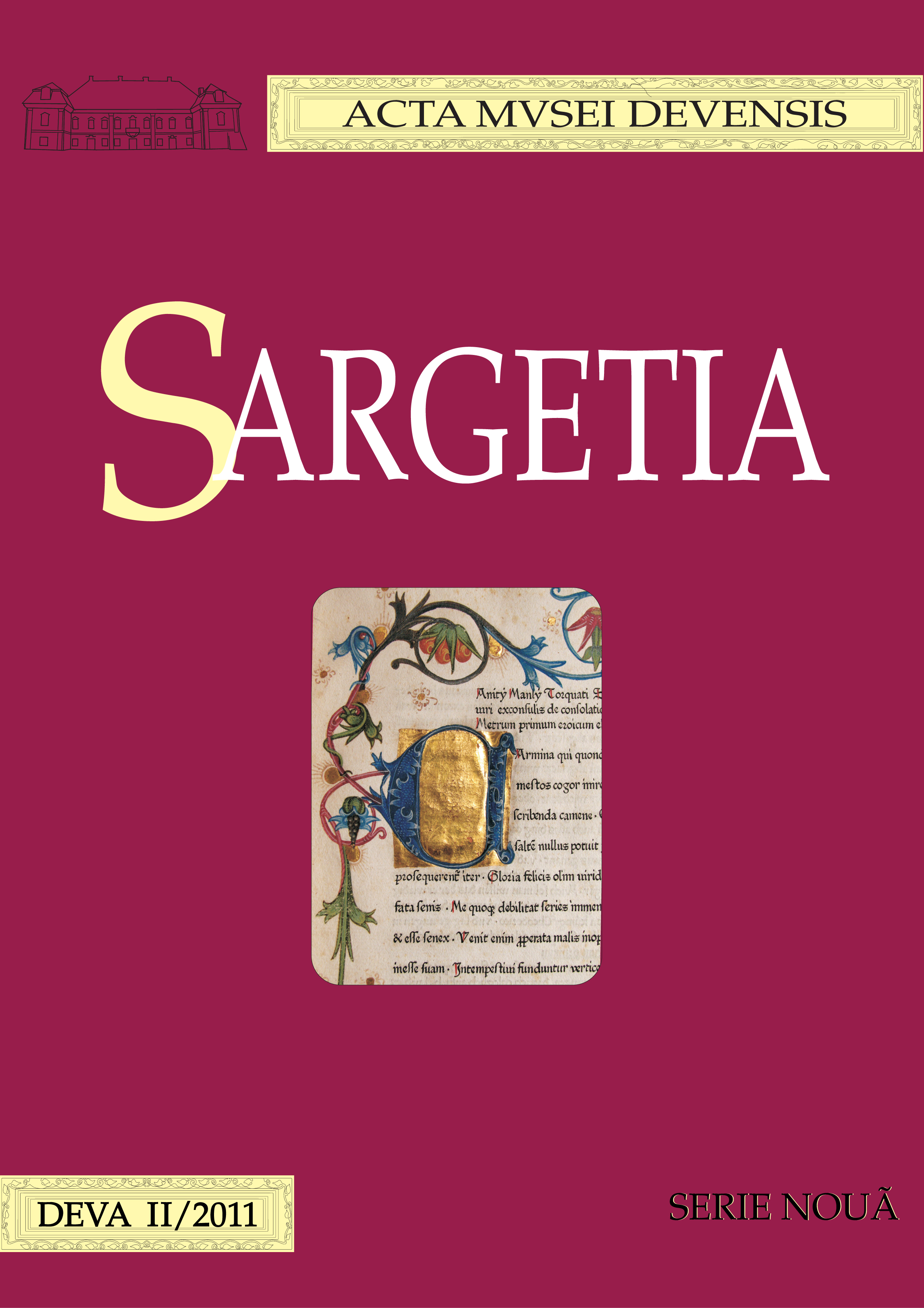Author(s): Daniela Şendroiu / Language(s): English,Romanian
Issue: 1/2010
This inquiry presents some of the most representative fabrics for the house interior from the collection of fabrics of the Etnography and Popular Art Museum in Orăştie. These fabrics, according to their destination, have a double role: functional and decorative. Before being exhibited in the museum, these objects used to decorate the Romanian houses and, in the past, they were received as dowry by young women or woven by them according to their taste and financial possibilities.The materials used to create these objects are wool, hemp, cotton and, according to their function, they could have been woven in two, three or four heddles. The simplest way of decoration is with lines, which can be simple or multiple and they repeat themselves either symmetrically or asymmetrically in the pattern. Some of them are thin, other are thick, and those on the edges are usually toothed.The young women are inspired in their weaving by environment or by nature, no object lookes like the other, the most used patterns being the abstract, stylized, geometrical ones.The exhibits chosen to be described were used in the Romanian houses interiors to decorate the beds with hemp sheets (simple, without decorative patterns) and with woolen bed covers woven in vivid colours. Then there were the pillous wrapped in pillow cases decorated in floral patterns or geometrical ones. Other exhibits chosen to be described are the tableclothes made of hemp or cotton richly woven in red. Besides the two points of maximum decorative importance for the interior of the house, there were also others that were used in order to decorate a wooden rod on which they used to hang clothes after washing them. Other such decorative objects used in the houses were ornamental towels usually put on the walls alongside icons, ornamental plates, etc. Wall sheets woven in four threads, in vivid colours (typical for the area surrounding Orăştie) were also used.In conclusion, this inquiry presents only a small part of the fabrics exhibited in the museum, which insist upon the skillfulness of the Romanian woman in the countryside who used textile fibres made in the house or bought from shops, with vivid chromatics and multiple ornamentation, making these objects real works of art.
More...












